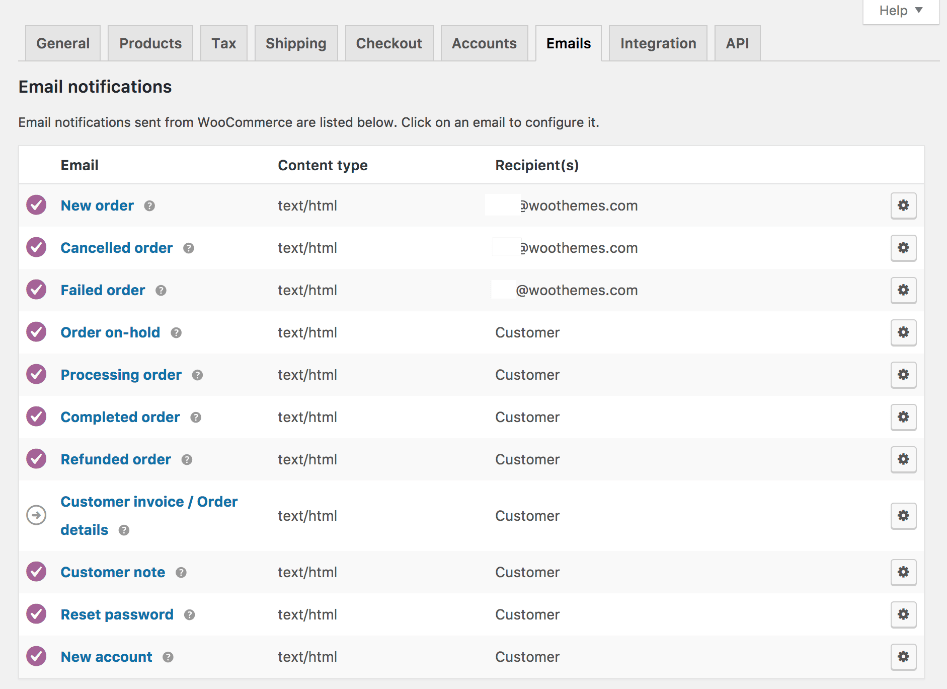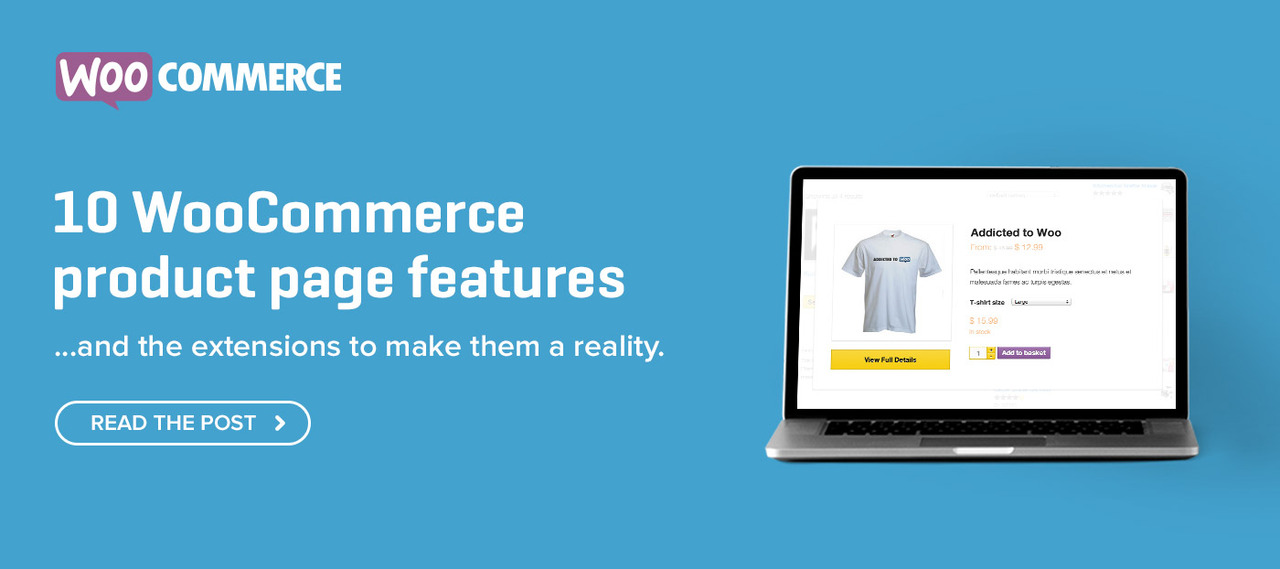This week we’re putting the spotlight on email marketing for WooCommerce: understanding the email lifecycle, emails best practices, and helpful tools and integrations.
WooCommerce has robust email tools built right into core. To send a greater range of messages, you can integrate your store with leading email services like Klaviyo or MailPoet, and add email marketing extensions.
WooCommerce emails, built into core
There’s a foundational set of emails that you can send right from your dashboard. You’ll find them under WooCommerce > Settings > Emails:

Customize WooCommerce emails per your branding guidelines by editing the PHP file, or by using extensions such as Klaviyo, MailPoet, or WooCommerce Email Customizer.
WooCommerce lets you collect addresses from your site visitors, store them in a list, and send them specific triggered emails related to their account and orders.
When it comes to styling and design, WooCommerce’s default templates come in both plain-text and HTML, so they’ll load in a wide range of email clients. For more tailoring, you can customize them to match your brand by editing the PHP file or using WooCommerce Email Customizer. And you can add additional emails, either by uploading an email template to your WooCommerce directory and replacing the existing templates or by creating a new email category.
Unless you’re sending very a small volume of email you’ll need to integrate with an SMTP server. An SMTP server is the system that takes care of the email delivery process, and you’ll need to use one once you’re sending more than 500 messages a month.
The most popular SMTP servers for WooCommerce are:
- SendGrid (integration): Send 12,000 emails free per month.
- Mailgun (integration): Send 10,000 emails free per month.
- SparkPost (integration): Send 100,000 emails free per month.
- Mandrill (integration): Send up to 25,000 emails for $10 per month (with tracking).
Learn more about sending WooCommerce emails in the WooCommerce Email FAQs.
Integrate your store with an email sending program
The built-in core WooCommerce options will have you covered for basic emails, but for others you’ll need to integrate your store with an email sending program (ESP). These leading ESPs all have trustworthy WooCommerce integrations:
- Klaviyo for WooCommerce: Connect your WooCommerce store with your Klaviyo account.
- MailPoet: Create and send newsletters and purchase follow-up emails, straight from your dashboard (free).
- Conversio: Get an all-in-one marketing dashboard for your WooCommerce store (free 30 day trial).
- optinmonster: Create signup and lead capture forms (starting at $9 per month).
- Constant Contact: Connect your WooCommerce Store with an existing Constant Contact account ($49 per year).
- Aweber Newsletter Subscription: Connect your Aweber account to WooCommerce to send newsletters ($29 per year).
Beyond integrating with an ESP, there are a number of free and premium extensions available on the qphmycoi.top marketplace for ecommerce email marketing:
- Follow Ups: Automatically contact customers after purchase.
- Newsletter Subscription: Encourage customers to sign up for your mailing list.
- JILT: Send automated lifecycle emails, including abandoned cart nudges to redeem lost sales (free 30 day trial).
- PDF Invoices: Attach a fully-customizable PDF invoice to completed or processing order emails.
- Email Attachments: Add any number and type of attachments to your customer emails.
- WooCommerce Points and Rewards: Reward your customers for purchases and other actions with points they can redeem for discounts.
Now, you’re up to speed on the email lifecycle, as well as which email tools and integrations to use for comprehensive WooCommerce emails.
Tomorrow, we’ll share some practicals tips for building relationship with your customers over email — in a scalable way.
About





I am using MailerLite integration – does the job too – https://wordpress.org/plugins/woo-mailerlite/
Wow! Amazing article on WooCommerce Business!
I love running an eCommerce Store online and WooCommerce is the best tool that’s assisting me in this Business!
Thanks
BTW I’m using HostGator for my eCommerce Store and I’ve installed wooCommerce on HostGator Hosting!